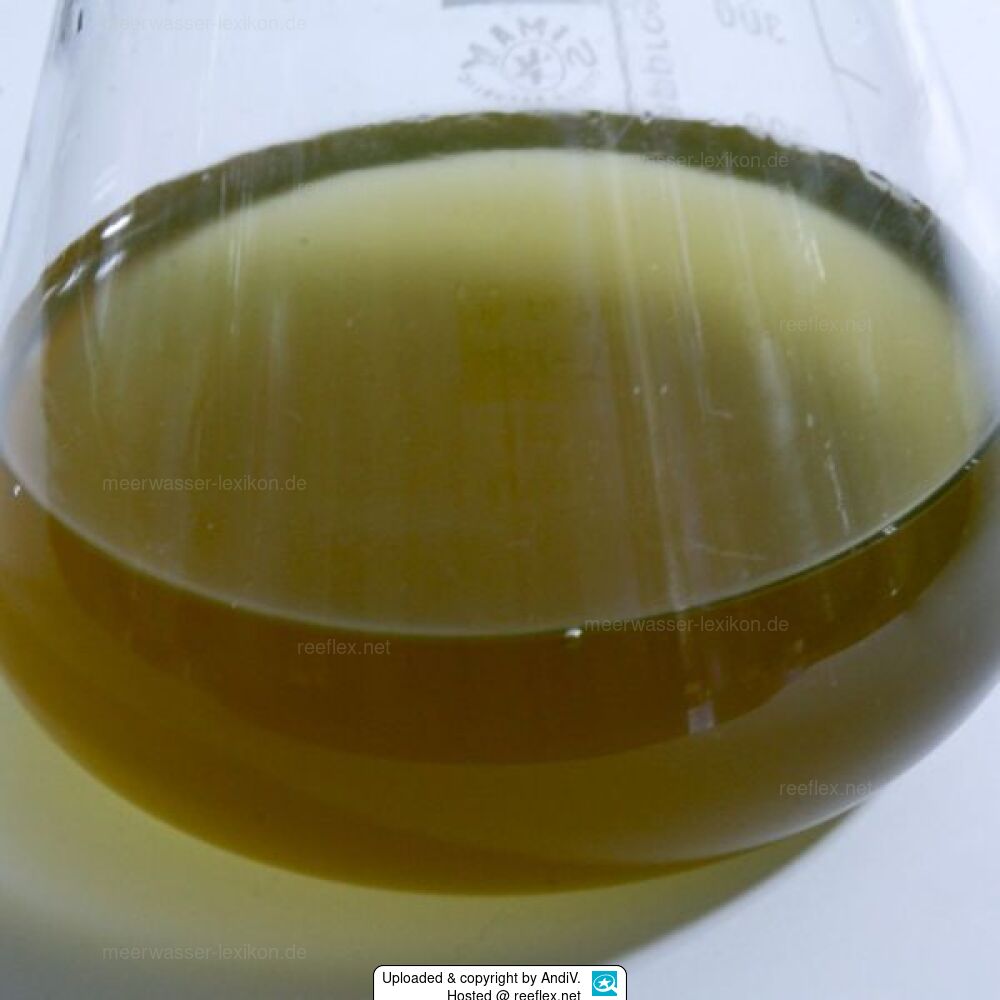Info
Phytoplankton is the first link in the marine food chain.
This brown diatom is rich in ARA and EPA.
ARA:
Omega 6 fatty acids: Arachidonic acid (ARA) -
membranes
EPA:
Omega 3 fatty acids:
Eicosapentaenoic acid (EPA) - Immune system,
metabolism
Chaetoceros neogracilis is an ideal food for Artemianauplia, Brachionus, copepods and saltwater fleas (Moina salina), but also SPS and LPS corals, azoacorals such as Tubastrea, dendronephytia (soft corals), hair stars, sponges, sea squirts, mussels, tube worms, other filter feeders and also zooplankton like to eat the red plankton.
For breeding details, please refer to the information in the attached links.
Good plankton for Artemia, Brachionus plicatilis, Copepods, Moina salina, SPS- and LPS-Corals, Azoacorals like Tubastrea, feather stars, sponges and sea squirts, but not to difficult to handle.
This brown diatom is rich in ARA and EPA.
ARA:
Omega 6 fatty acids: Arachidonic acid (ARA) -
membranes
EPA:
Omega 3 fatty acids:
Eicosapentaenoic acid (EPA) - Immune system,
metabolism
Chaetoceros neogracilis is an ideal food for Artemianauplia, Brachionus, copepods and saltwater fleas (Moina salina), but also SPS and LPS corals, azoacorals such as Tubastrea, dendronephytia (soft corals), hair stars, sponges, sea squirts, mussels, tube worms, other filter feeders and also zooplankton like to eat the red plankton.
For breeding details, please refer to the information in the attached links.
Good plankton for Artemia, Brachionus plicatilis, Copepods, Moina salina, SPS- and LPS-Corals, Azoacorals like Tubastrea, feather stars, sponges and sea squirts, but not to difficult to handle.







 AndiV
AndiV

